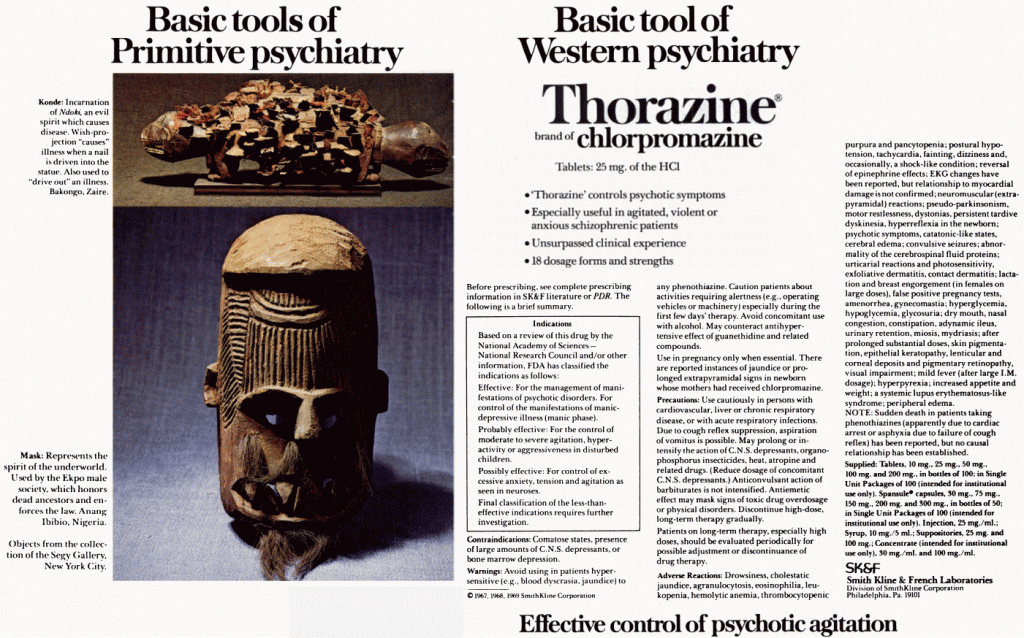In honor of the American Sociological Association’s annual conference kicking off at Caesar’s Palace today — and because of my tweet about a Baudrillard-inspired drinking game — I am reposting this hilarious mistake on the part of the U.S. Postal Service.
———————————
A few years ago, my friend Brady introduced me to postmodernist theorist Jean Baudrillard’s arguments about hyperreality. Without getting into the details of semiotics or postmodernism, hyperreality refers to a situation where the signs (particularly media images) used to represent reality become more real to us than the original reality they were supposed to represent.
Soon after that, I was waiting to cross the street on the Strip here in Vegas and overheard a young woman remark to a friend that after visiting the New York-New York casino, she felt just like she’d actually been to New York. Her friend enthused, “I know! I don’t know why we’d ever even need to go there now! I feel like we’ve already seen it.”
I don’t know if Baudrillard discussed Las Vegas — Disneyland and L.A. were his favorite examples, from what I can tell — but you could certainly teach an entire class on hyperreality using Vegas as your case study.
Baudrillard came to mind when we read a BoingBoing article about a mistake from the U.S. Postal Service. The USPS recently released this stamp:
So, a stamp feature the Statue of Liberty. Nothing shocking there. Except…it turns out the image on the stamp isn’t based on the actual Statue of Liberty. A perceptive stamp collector realized that the image is actually of the replica of the Statue of Liberty that stands outside the New York-New York casino:

Close-ups reveal distinct differences between the original and the replica: the facial features are more defined on the replica, and the hair, the proportions of the arm, and folds of the clothing are different.
The U.S. Postal Service produced the stamp and released it along with information about the history of the actual Statue of Liberty. And thus we have a representation (the stamp) of a representation (the photo that served as the model for the stamp) of a representation (the replica statue in Las Vegas) of the original thing the Postal Service intended to portray…and no one there caught the slippage between the intended reality and the representation at any point in the production process.
I think Baudrillard would get a kick out of this.
For more on hyperreality, see Baudrillard’s book Simulacra and Simulation. Also, for more on Vegas and simulation, you might check out Norman Denzin’s article “Rain Man in Las Vegas,” in Symbolic Interaction v. 16, p. 65-78 (1993).
Gwen Sharp is an associate professor of sociology at Nevada State College. You can follow her on Twitter at @gwensharpnv.














